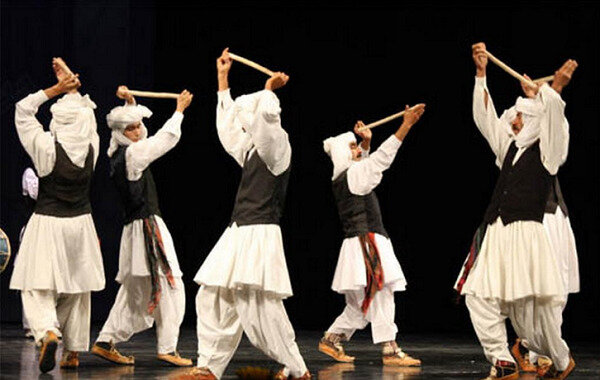Khorasan Razavi eyes national registration of its ancient dialects

TEHRAN - The Khorasan region is home to a diverse array of ancient languages and dialects which have evolved through centuries of cultural and linguistic exchanges, and their preservation is an important aspect of Iranian cultural heritage.
Nowadays, the tourism department of Khorasan Razavi province seeks a national label for that linguistic heritage as a step to preserve that testament to the rich history of the region.
The original languages, dialects, and dialects of each land are considered a large part of the intangible cultural heritage of those societies and are the origin and link of many cultural elements, a local tourism official said on Tuesday.
Local languages are a treasure and human heritage that have history and culture in their hearts, and their preservation is of great importance in terms of the necessity of identification and continuity, he explained.
“In this regard and considering the importance of the issue, the necessity of identifying and documenting and preparing registration files of intangible cultural heritage in this geographical area is emphasized more and more by researchers and cultural experts.”
Persian language, also called Farsi, is a member of the Iranian branch of the Indo-Iranian language family. Old Persian, spoken until approximately the 3rd century BC, is attested by numerous inscriptions written in cuneiform, the most notable of which is the great monument of Darius I at Bisotun, western Iran.
Middle Persian, spoken from the 3rd century BC to the 9th century CE, is represented by numerous epigraphic texts of Sasanian kings, written in Aramaic script; there is also varied literature in Middle Persian embracing both the Zoroastrian and the Manichaean religious traditions. Pahlavi was the name of the official Middle Persian language of the Sassanian empire, according to Britannica.
AFM
Leave a Comment